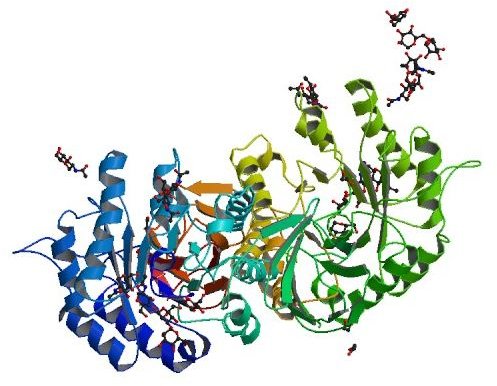Fabry Disease Explained: Understanding the Genetics of Fabry Disease
Fabry Disease
Fabry disease is named after one of its discoverers, Johannes Fabry and it is often referred to as a storage disorder because of the abnormal accumulation of lipids. The fatty deposits build up in blood vessel walls, and as their amount increases the walls become narrower. This reduces the amount of blood flowing through them which starves the organs they serve of essential nutrients. This can cause the heart to enlarge and kidney complications. Other symptoms include a lack of or decreased sweating, a clouding of the corneas, fever, burning sensation in the hands, gastrointestinal problems, and high blood pressure.
Genetics of Fabry
Fabry is an X-linked recessive disease. So what exactly does that mean?
The X chromosome is one of the sex chromosomes, the other is the Y. Women have two X chromosomes, one inherited from each parent. Men possess one X chromosome inherited from their mother, and one Y chromosome inherited from their father.
The mutated Fabry gene is found on the X chromosome which means that if women have the fault on just one of their Xs they will tend not suffer from the major manifestations of the disease. This is because they have an X chromosome with the normal gene to compensate. They will therefore be carriers of the condition. Some carriers can present with symptoms of the disease. There is enormous variability in the degree of severity of symptoms ranging from mild to serious.
Males with Fabry will have inherited the abnormal gene from their mother and will therefore express the disease.
So if a prospective mother is a carrier of the condition what are the chances of her children contracting the illness?
Her daughters will have a 50% chance of being carriers and her sons will have a 50% of inheriting Fabry disease.
Mutated Gene
The mutated Fabry gene has been isolated and there have been reports of more than 245 different mutations - missense, nonsense, splice, deletion, and insertion errors (Fabry Disease by Maryam Banikazemi https://emedicine.medscape.com/article/951451-overview).
Treatments and Cure
Currently there is no cure for Fabry disease but symptoms can be managed by enzyme replacement therapy, and where necessary dialysis and/or renal transplant. Patients with Fabry disease often survive into adulthood though they may be at increased risk of strokes, heart disease, and kidney failure.
It is hoped that a gene therapy treatment will one day be available.
